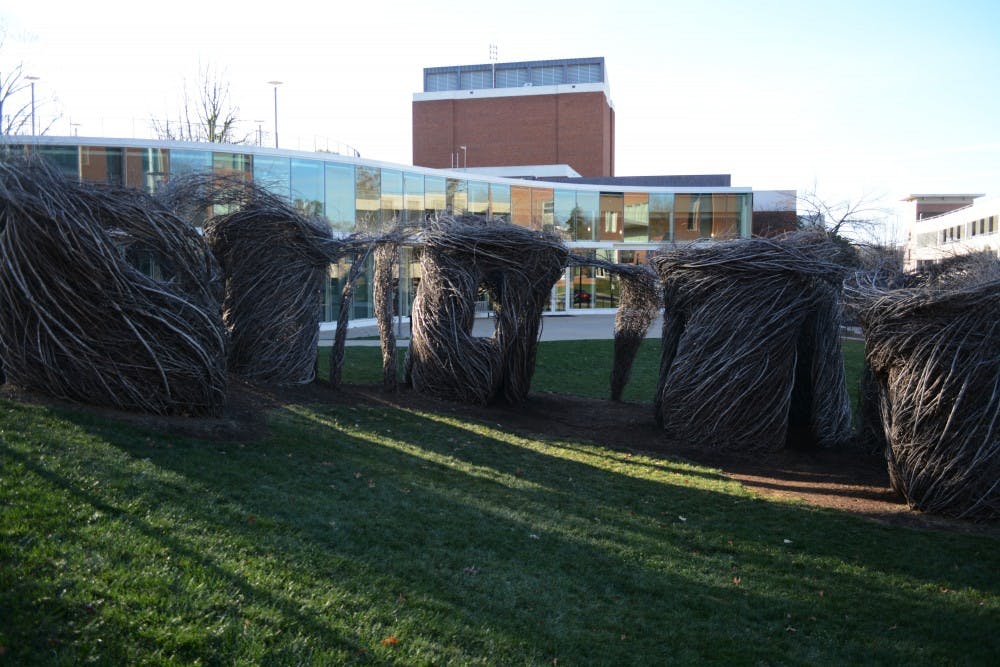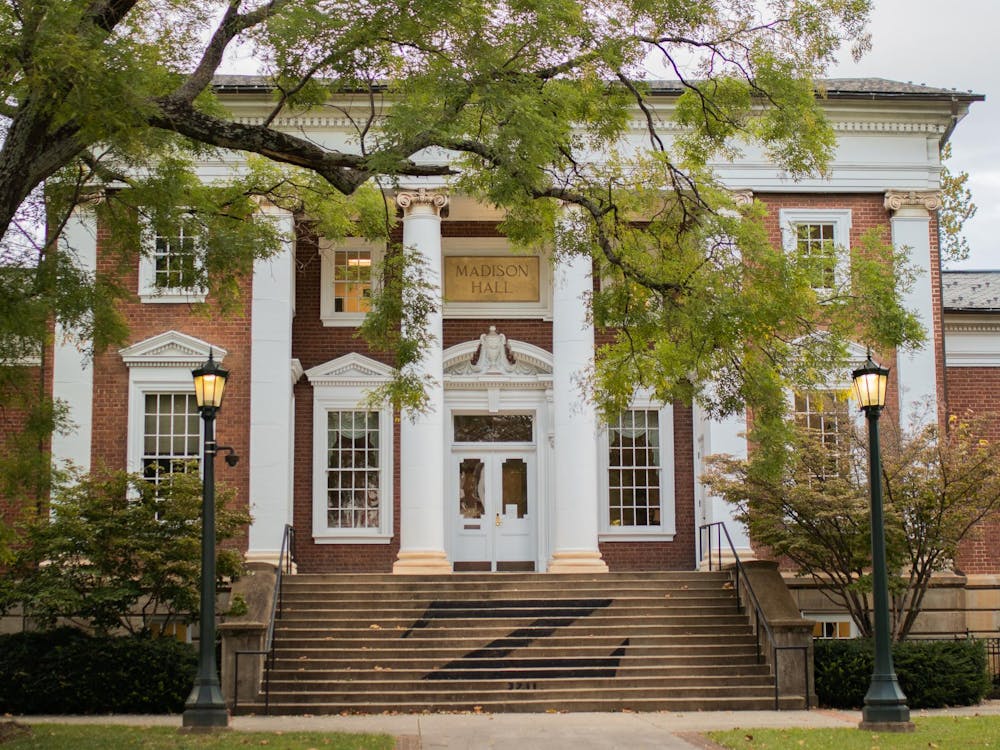The University is increasing investment in arts around Grounds in an attempt to make art more relevant to the University student experience.
The Campaign for the University of Virginia has raised $170 million for arts priorities, $38 million of which has gone toward the expansion, renovation and construction of buildings on the Arts Grounds. The remaining funds are helping to finance community engagement initiatives and art residencies, as well as exhibitions and educational programs at The Fralin Museum of Art at the University.
The Fralin is one of the primary means through which the University engages students in the arts. Fralin Director Bruce Boucher said more than 2,000 students become members of the museum each year, a fivefold increase since 2009.
The museum currently has 49 active student docents who are trained to give tours to visitors of all ages. It also has 10 student interns who take the University Museums Internship course, participate in lectures and workshops and work to curate their own exhibition, which will open this April.
Fralin Academic Curator Melissa Jordan Love, who teaches the internship course, sees the museum as an educational resource. She uses the museum collection to lead discussions with HeART of Medicine — a visual analysis workshop for Medical and Nursing students — the Batten Institute at the Darden School and a class from the Engineering School. She encourages her fellow faculty members to bring classes to the museum.
Fralin Director of Development Elizabeth Wright said student academic involvement with the museum reached this year the highest level since 2006.
“The total number of students who visited the museum with their class last year (2013-14) was 1,354,” Wright said in an email. “Eighteen different departments used the museum in the Fall of 2013, and 15 visited the museum in the spring of 2014 — both the highest number of departments recorded visiting the museum since statistics began in 2006.”
Wright said the museum reaches out to students on an extracurricular level as well.
“The Fralin Museum of Art also engages students with Final Fridays, a social event that draws from 300 to 500 students for an evening of food, drinks, music and art,” Wright said. “In addition, we have hosted several student groups for evening events, including most recently the Black Student Alliance and the Society for the Promotion of Indian Classical Music And Culture Amongst Youth.”
Third-year College student Natalie May, chair of the Student Arts Committee, a subcommittee of Student Council dedicated to nurturing and promoting the arts, said she is pleased with the way the University is increasing its commitment to the arts.
“Arts Grounds has been beautifully developed over the past years, the arts departments are expanding and the first two presidential speakers for the arts were a huge success,” May said. “That being said, there is still much to be done to increase student interaction with the arts, and that is where the Student Arts Committee comes in. … We strive to both support the student artist and garner interest in the arts amongst students who might not interact with them on a regular basis.”
The committee has a series of initiatives to achieve these goals. These include a series of events open to the entire community known as Arts Madness, a roundtable “Arts Network Night” discussion among different groups, a Student Arts Fund for independent projects, an Arts Advocates program to inform students living on-Grounds about art events and a project to establish galleries for student art in University libraries.







